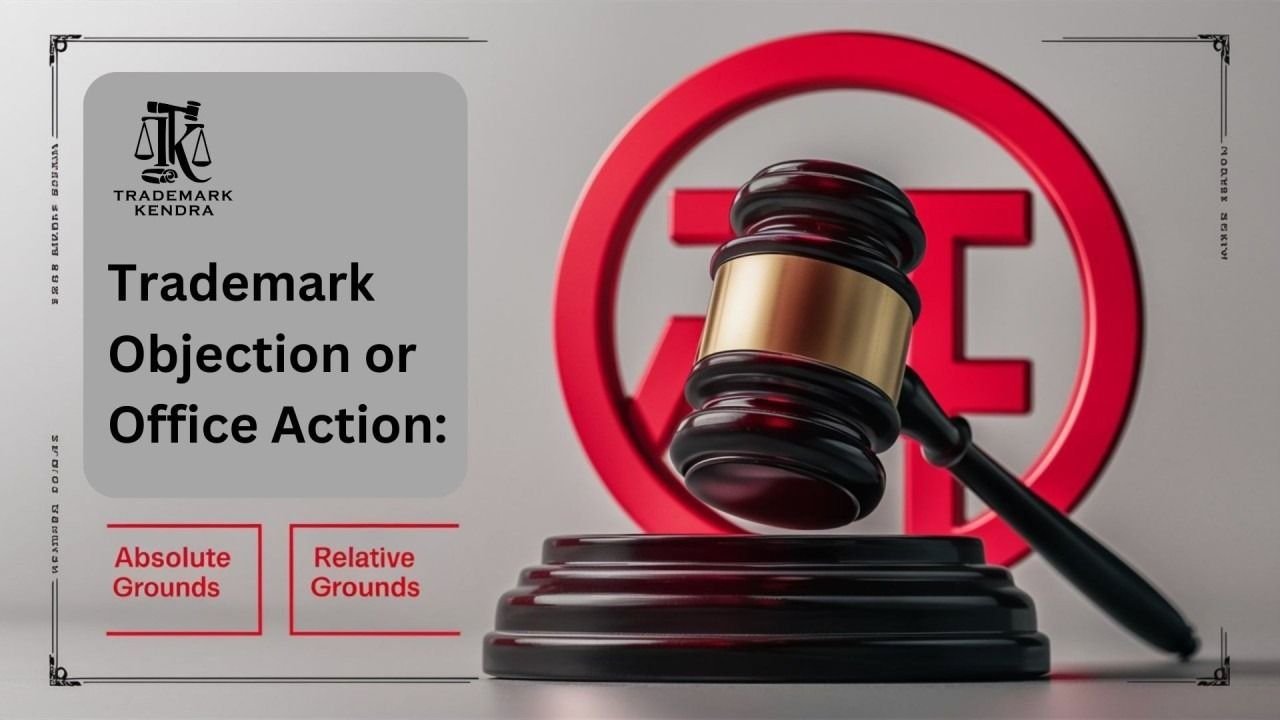For the USPTO, the likelihood of confusion test is important for assessing whether to approve a trademark application or not and if rejected, it becomes a main reason for issuing a Trademark Office Action. This test checks if customers could mistake two goods or services for each other because the new trademark and another are very similar. Understanding the test helps those who are involved in trademark registration. This article explains what factors are considered and what the results mean in trademark office actions during a likelihood of confusion test.
What is a Likelihood of Confusion Test?
USPTO examining attorneys check if new trademarks could confuse people with similar ones already registered. The purpose is to keep consumers clear about where goods and services are made. Whenever a trademark might cause confusion with another mark, the application will not be approved.
Points That Are Taken Into Account in Analyzing the Likelihood of Confusion
Examining attorneys of the USPTO check for several factors that have been called the “DuPont factors” (from the case In re E.I. du Pont de Nemours & Co.). They play a role in figuring out the chances for people to get confused. Some important things are:
- The examining attorney looks at how the marks appear, sound, are understood and generally represent businesses together. The closer the brands’ marks are, the more possible it is for confusion.
- The goods or services that go along with each mark are examined for likeness. The chance of confusion increases when the products or services are from the same kind of industry.
- Assess the same channels are used for the sale of goods or services. Likelihood of confusion is high when identical-looking marks are used by competitors in similar trade areas.
- How much attention consumers give to their purchases is checked as a condition of sale. Bigger ticket items or niche products need more thought, so confusion is less common.
- If a mark is known and famous, it gets a broader level of legal defense. When a well-known trademark is in use, people may be more likely to confused by a similar one.
- Similar marks used for similar goods might create the possibility of confusion. Sometimes, registration for a new mark is possible if different similar marks are already on the register without leading to confusion.
- Confusion among consumers is a strong signal that there is a chance of confusion.
- A major timeframe of joint use with no evidence of conflict might indicate that consumers are unlikely to get confused.
- Using the same mark on many goods or services increases the chance of confusion.
- Checking how applicant and previous owner did or do business together is part of Market Interface such as whether they have had previous disputes or arrangements.
- The right of the applicant to use their mark without others using it in the same way is checked.
- Chances for the Mark to Overlap: If the owner of the first mark might go into the brand area of the second mark.
- Any extra facts that may influence how likely it is for people to confuse the products.
Addressing an office action that raises the chance of confusion
If the examining attorney objects to the application on likelihood of confusion, the applicant has to respond adequately to overcome the objection. Here is a list of things you can do:
- Look through the Office Action carefully to find out why the application was refused.
- Demostrate that the differences can be seen in the marks, goods, services or trade channels by collecting evidence.
- Make legal arguments explaining why it is unlikely that others would be confused. Marks might be emphasized by describing how they are not the same as others or by showing where they are frequently used.
- If allowed, modify the application so that the goods or services covered are not so similar to the goods or services in the cited mark.
- Let an experienced trademark attorney assist you in answering the opposition and in dealing with the involved legal topics.
Conclusion
A main goal of the puzzle is to guard against confusion, prevent deceptive practices and maintain fairness in the marketplace. If applicants learn what the office considers in this test and how to act in related situations, they can make the process easier and achieve a better chance of getting a trademark approved.
